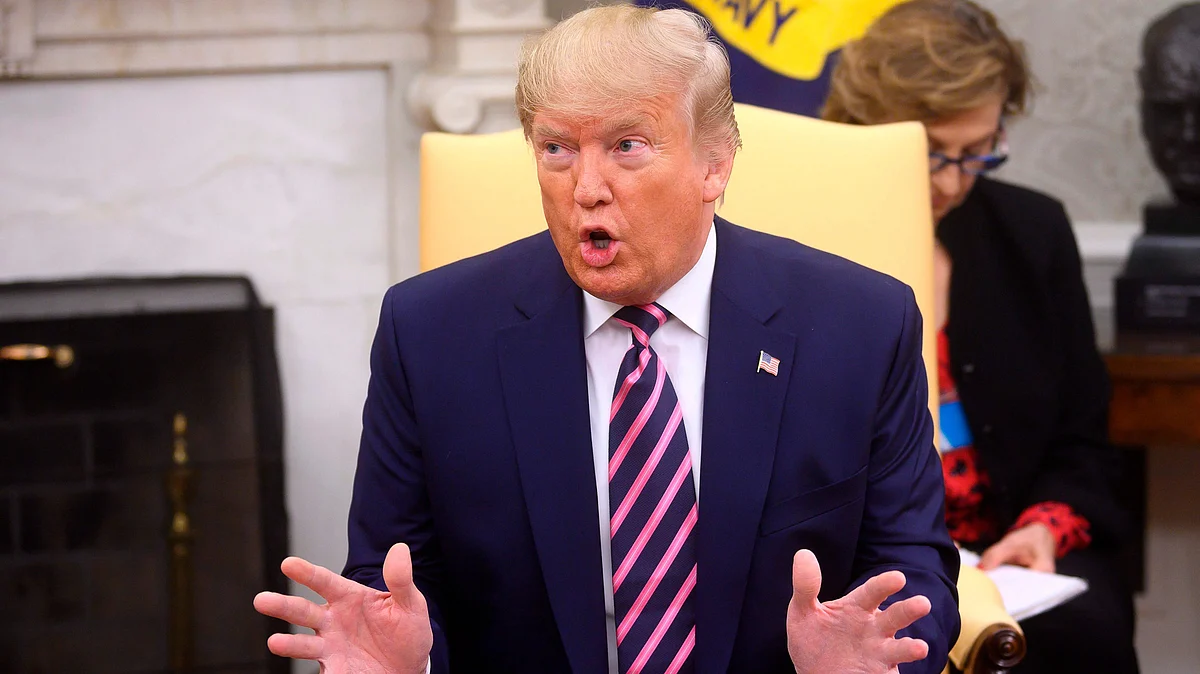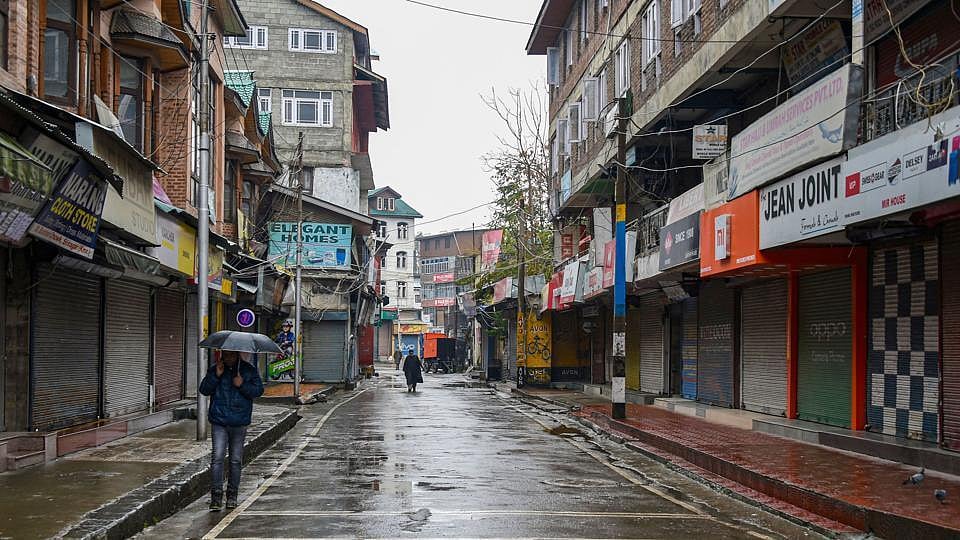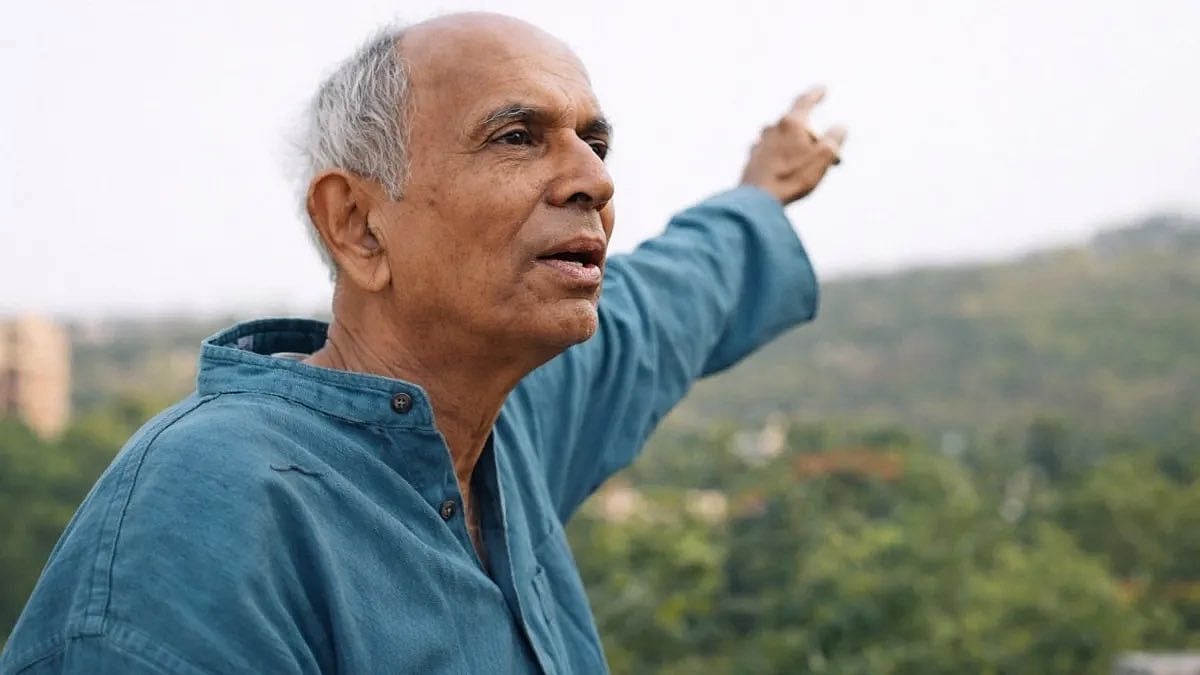The big tobacco debate is gaining ground in India with experts asking mandarins of the health ministry to do some serious rethinking on ways to control tobacco consumption. India’s moves, claim experts, can help drive positive change for the rest of the world and set a prime example for emerging economies which are struggling to find the right way to cut down on smoking.
As the chair of G20, India needs to send a strong signal to the rest of the world. Recent estimates show India has approximately 120 million smokers and their numbers could grow in months to come.
Top orthopedic surgeon Dr Kiran Melkote - also a top official of AHER, a harm reduction group - spoke to seasoned journalist Shantanu Guha Ray on ways to handle the crisis. He answered some tough questions, including why tobacco control is not working in a billion-plus nation like India.
Q: Tobacco cessation not working. But no one does anything. State-owned companies have big stakes in tobacco companies. Worse, tobacco farming is on the rise and there are laws that can always be circumvented. So, what is the answer for India?
A: Complete tobacco cessation is a noble goal; use of tobacco products is not going away anytime soon. Many arms of the government work at cross purposes and implement policies that even on paper are in direct conflict with the WHO FCTC. The health ministry tries to implement awareness campaigns and maintain zero-industry contact norms for its employees while the commerce ministry provides loans and support for tobacco cultivation and the finance ministry bans e-cigarettes and incentivizes bidi manufacturers. All of them generally ignore oral tobacco. The answer therefore lies in understanding that the strategies used in the developed world where the predominant form of tobacco is the cigarette – may not really impact tobacco use in India. Here we have a larger population with different problems and an admitted inability to implement existing laws. When tobacco use is predominantly oral tobacco (Gutka, Zarda, Khaini etc) how will taxing only cigarettes help? For perspective, the GATS-2 data says we have 267 million tobacco users of whom 200 million use oral tobacco,72 million smoke bidis and 28 million smoke cigarettes.
Q: Is it because the annual Rs 53,750-crore tobacco tax is a huge figure to be ignored?
A: This is indeed a huge figure but over 80% still comes from cigarettes alone. Health related costs as well as the impact of losing 1.3 million lives amount to Rs. 1,77,340 crores each year. This tobacco-tax addiction is a losing game and we recover only about 12.2% of what tobacco actually costs us. Unfortunately, the government may have prioritised revenue over lives and taxes have been progressively raised on the lesser used cigarettes rather than the more used and more dangerous bidis. The WHO FCTC recommends that all tobacco products be taxed at about 75% of the sale price. Here we have tax incentives for bidi manufacturers
Q: Why is the Health Ministry not lifting the ban on Electronic Nicotine Delivery Systems (ENDS) despite the fact it is the best adopted practice worldwide to quit smoking?
A: In light of the global evidence in favour of tobacco harm reduction, it remains strange that a less harmful method – nicotine vaping – has been banned while cigarettes and bidis continue to be freely available. A cynical view would be that this is a decision for economic gains rather than public health for a government that derives a huge chunk of income from the cigarette trade and it’s noteworthy that cigarette sales have sharply plummeted in countries that allow e-cigarettes or vaping proving that they are true substitutes.
Q: Physicians, especially those dealing with cancer, argue that ENDS is not a safe product. What is your answer to that?
A: Many of my colleagues hold strong views on both nicotine vapes as well as nicotine itself, so much so that they conflate nicotine with tobacco. The harms from tobacco arise from tobacco specific nitrosamines and combustion products like carbon monoxide and not from the nicotine. Like any other substance, nicotine has its own benefits and risks. But these risks are very small as compared to tobacco. The Royal College of Physicians (UK) and Public Health England have stated that risks arising from vaping nicotine are unlikely to exceed 5 percent of risks from smoking tobacco. To be clear, no one has suggested that nicotine vaping is 100 percent safe or should be used by people who have never smoked tobacco. But a harm reduction tool that is being discarded because it is only 95 percent safe and not 100 percent is like failing a student for scoring only 95 percent.
Q: Why do you think other cessation methods pushed by the Health Ministry like counselling and nicotine gums have failed abysmally?
A: The problem here is two-pronged - lack of access to nicotine replacements and a belief that quitting is a matter of will-power and not dependence. The quit smoking initiatives, while laudable, have managed a quit rate of about 0.5 percent per year. With the majority of our tobacco users hooked on oral tobacco, we should have seen a high quit rate with oral nicotine substitution. But there is considerable misinformation about nicotine that acts as a barrier to prescription. Also, the previously high costs put it out of reach of most oral tobacco users. Now, hopefully with NRTs being added to the National List of Essential Medicines, this situation should improve.
Q: Which is the best way to reduce tobacco-related death and diseases? Will banning all tobacco products help? Or is it an imaginary wish that will never work because of so many stakes working in India?
A: In a country with 267 million unique individuals, having a single strategy that does not address ground realities is a recipe for failure. There is no one-size-fits-all here. Having multiple options ranging from quit-lines / counselling to nicotine substitutions, transitioning people from more dangerous forms of tobacco to reduced risk products including heated tobacco products (HTPs), snus, nicotine vaping, nicotine pouches, lozenges, gums, patches etc. would definitely help in reducing disease and death from tobacco. Bans don’t work. They only drive the problem out of sight. Consider the fact that the government banned vaping based on inability to regulate the market – do they have the ability to enforce a total ban?
Q: What is the core argument made by Chelsea Boyd - a top expert - in her study paper on tobacco and harm reduction in India? It even talks about reversing the ban on ENDS in India. Will this happen?
A: She spoke about how India is a prime location for applying tobacco harm reduction strategies and that by preventing access to alternative nicotine delivery systems, the Indian government has eliminated the chance of effective tobacco harm reduction in a country that needs to use all available means to decrease its smoking and tobacco use rates. She also points out the glaring contradictions in India’s tobacco control programme. For instance, bidis are smoked by a larger portion of the population and are deemed far more dangerous, and yet unlike cigarettes they are not mandated to carry pictorial warnings, as a recent notification was withdrawn after protest by a powerful political group. This indicates India’s tobacco policies are not driven by public health interests, but by political motivations.
Q: Who will take responsibility for India's health burden of tobacco?
A: Unfortunately, in the absence of a workable strategy by the health ministry, I think that the onus is on tobacco users themselves to effect a change. We need to generate awareness about effective means to quit tobacco and failing that, reducing tobacco harm. We must demand inclusion in policy making and relentlessly question our lawmakers when health policy deviates from stated goals.
(Shantanu Guha Ray is the Asia Editor for Central European News and an award-winning author)












